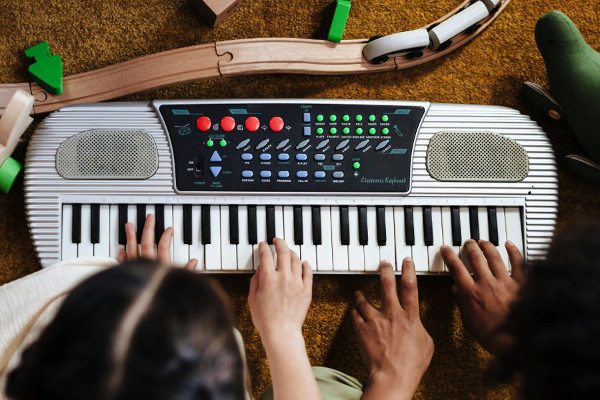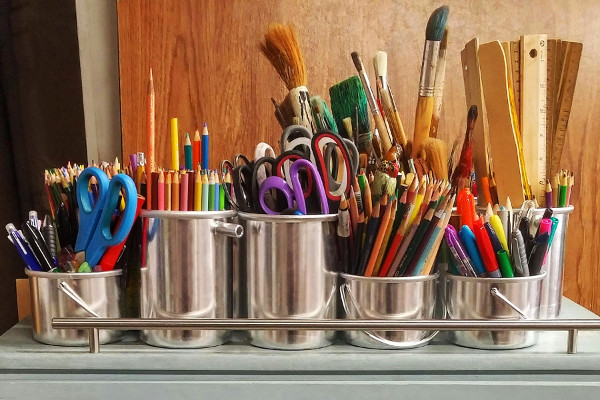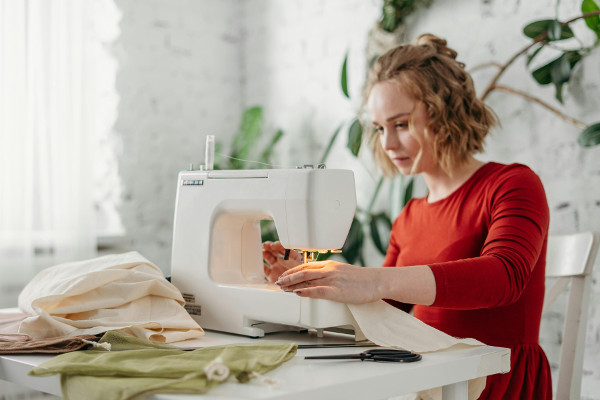How to Learn a New Dance Choreography for Beginners: Top Tips & Advice
If you're a beginner looking to learn dance choreography, you might be feeling a bit overwhelmed. But don’t worry! This guide is here to help you navigate through common challenges and answer all your burning questions. From tips on memorizing moves faster to advice on staying motivated and building confidence, we’ve got you covered. Whether you're practicing at home or in a studio, these insights will make your dance journey smoother and more enjoyable as you master new routines.
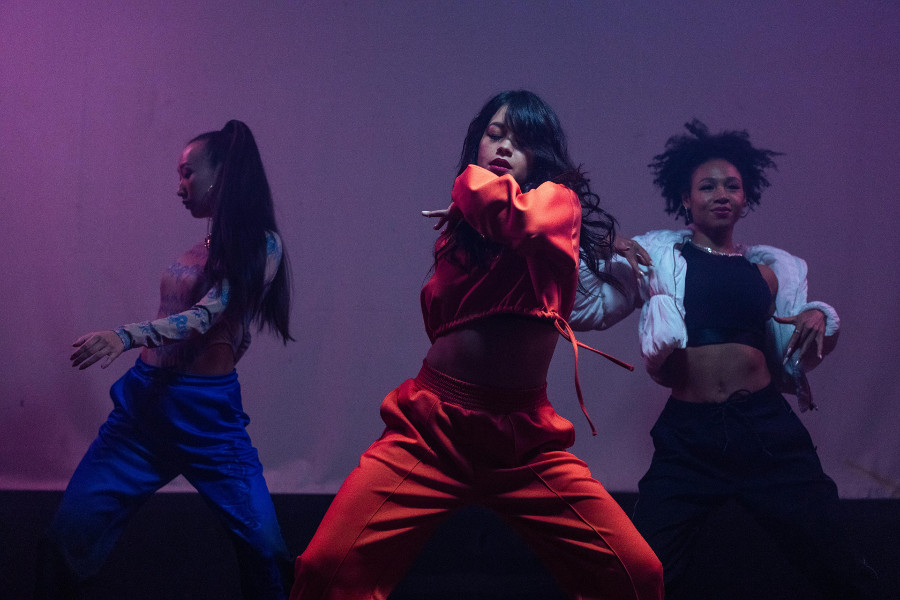
What are the best tips for learning dance choreography as a beginner?
Learning dance choreography as a beginner can seem overwhelming at first, but it doesn’t have to be. Start by breaking the routine into smaller parts. This makes each section more manageable and less intimidating. Watch the choreography a few times and try to mimic the movements, even if you're not perfect at first. It’s all about repetition and practice. Don't forget to use a mirror – it’s a great tool for making sure you're hitting the right posture. As you practice, focus on muscle memory, and soon enough, you’ll start picking it up without even thinking about it.
How do I memorize dance choreography faster?
Memorizing choreography quickly is all about repetition, breaking things down, and understanding the rhythm. Start by repeating each section of the routine until it feels like second nature. Visualize the moves in your mind and go over them mentally when you’re not practicing. It helps to slow down the music or the video to really grasp each movement. Record yourself so you can see how you're doing – sometimes we notice things we miss in the moment. Above all, be patient with yourself and practice regularly; your brain will start retaining the moves faster than you think.
What is the easiest style of dance to learn for beginners?
When you're just starting, it’s important to pick a dance style that feels comfortable and exciting to you. Hip-hop tends to be a great option – it’s all about rhythm and simple, repetitive movements, making it accessible to newcomers. Contemporary dance is another great choice, focusing more on emotional expression and flowing movements, which can be easier to grasp. Jazz, too, offers a fun mix of basic footwork and energetic moves. Ultimately, the best style to start with is the one that gets you moving and keeps you motivated to practice.
How long does it take to learn a dance routine as a beginner?
The time it takes to learn a dance routine as a beginner can really vary based on the complexity of the moves and how much time you dedicate to practice. For a basic routine, you might need a few days to a week to get comfortable with it. However, the more complicated the choreography, the longer it will take. The key is to practice consistently – don’t rush it, and give yourself the time you need to get it right. With time and effort, your ability to learn routines will improve, and you'll feel more confident picking up new choreography.
How can I improve my dance memory for choreography?
Improving your dance memory comes down to creating a solid foundation through repetition and focus. Break the choreography into smaller sections and master each one before moving on. Practicing in short bursts and revisiting moves several times helps your body remember them. Visualizing the routine when you’re not dancing – whether it’s on the bus or before bed – can help cement the moves in your mind. Record yourself to see where you might need improvement, and practice those areas more. Over time, your body will get more used to the movements, and memorizing new routines will become easier.
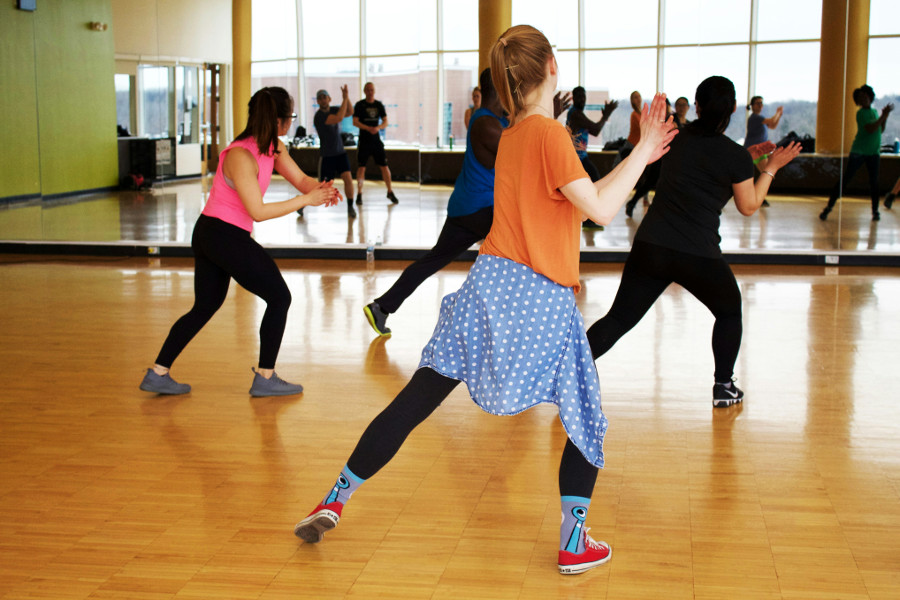
What are some common mistakes beginners make when learning choreography?
As a beginner, it’s easy to make a few mistakes when learning choreography. One of the biggest ones is rushing through the steps, trying to get everything perfect in one go. It’s important to slow down and focus on technique. Not breaking the choreography into smaller sections can also lead to confusion and frustration. Skipping warm-ups is another common mistake – your body needs to be prepared before dancing to avoid injury. Don’t worry about getting everything right immediately. Mistakes are part of the process, and every time you practice, you’re getting closer to mastering the routine.
How do I stay motivated to learn dance choreography?
Staying motivated can be tricky, but it’s all about setting achievable goals and celebrating small wins. Start by breaking down your long-term goal – like mastering a difficult routine – into smaller, manageable steps. That way, you can track your progress and see improvement. Don’t forget to take breaks when needed to avoid burnout, but always come back to your practice with a fresh mindset. Surrounding yourself with like-minded dancers or even just watching inspiring dance videos can reignite your excitement. Most importantly, remember why you started dancing in the first place – it should feel fun and rewarding!
Should I practice dance choreography every day as a beginner?
Practicing daily can be helpful, but it’s also important to give your body the rest it needs. As a beginner, aim to practice 3 to 5 times a week. This allows you to build muscle memory without overworking yourself. Daily practice might sound appealing, but quality is far more important than quantity. If you’re practicing too much and pushing too hard, you could get frustrated or even risk injury. Focus on the consistency of your practice, and don’t forget to rest and recover. It’s all about balance – too much practice can be as counterproductive as too little.
How can I improve my flexibility and coordination for dance?
Flexibility and coordination are both crucial for dancing, and they can be improved through regular practice and specific exercises. Incorporate stretches like hamstring, calf, and hip flexor stretches into your routine to increase flexibility. Yoga or Pilates are also great for building both strength and flexibility. Coordination comes from practicing basic movements like balancing, footwork, and different body isolations. The more you practice, the more your body will learn how to move fluidly. Just make sure to listen to your body – take it slow, and gradually increase the intensity of your stretches and movements to avoid injury.
Can I learn dance choreography online as a beginner?
Absolutely! Learning choreography online has become a popular and accessible way to start dancing. There are so many platforms like YouTube and social media, where you can find tutorials for all levels. For beginners, these videos are great because you can replay them, pause to review steps, and learn at your own pace. However, if possible, it’s great to balance online learning with in-person classes for that personal feedback that can really help refine your technique. Don’t be afraid to learn from different sources – just stay consistent with your practice and make it a habit.
How do I keep up with fast-paced choreography as a beginner?
Fast-paced choreography can be daunting for beginners, but with some patience and practice, you’ll be able to keep up. First, focus on the moves in slow motion. Break them down into manageable steps before trying to do them at full speed. Once you’re comfortable with each section, gradually build up the pace. It’s also important to understand the rhythm and music – once you can match your movements to the beat, you’ll find it easier to keep up. And remember, don’t get discouraged if you fall behind! With practice, your speed and coordination will improve, and you’ll handle fast routines more easily.
What is the best way to practice dance choreography at home?
Practicing dance choreography at home can be just as effective as practicing in a studio, as long as you set yourself up for success. Create a dedicated space where you have enough room to move freely, ideally with a mirror so you can check your posture and alignment. Record yourself and watch it back – it’s an easy way to track your progress and correct any mistakes. Practice each section of the choreography individually, then combine them gradually. Be consistent, but also don’t forget to rest and stretch. The key to practicing at home is discipline and creating a space that feels motivating and productive.
How do I break down complicated choreography into easier parts?
Complicated choreography can feel overwhelming, but it’s all about taking it piece by piece. First, divide the routine into smaller sections or even individual moves. Focus on learning one small part at a time until you feel comfortable. If a move feels particularly difficult, isolate it and practice that move alone for a while. Look for patterns in the choreography – there might be repeating steps or similar sequences that make things easier to learn. As you break things down, remember to practice in small chunks, then gradually put the pieces together. This method will make even the most complicated routines feel much more manageable.
Is it okay to learn dance choreography without a dance teacher?
Learning choreography without a teacher is absolutely fine, especially with the wealth of online resources available. You can find tutorials, instructional videos, and dance routines to follow at your own pace. However, a teacher can provide essential feedback, correct any mistakes in your technique, and offer personalized guidance. If you’re learning on your own, be patient, take your time, and use online tools to assess your progress. Practicing regularly and being disciplined will help you improve, but don’t be afraid to seek professional feedback from time to time to refine your skills.
How do I build confidence when learning new dance moves and routines?
Building confidence in dance is a journey. Start by mastering simpler routines, which will give you the foundation to handle more complex moves later. Remind yourself that everyone makes mistakes, and these are opportunities to learn, not setbacks. Record your practice sessions and celebrate your progress, no matter how small. Positive self-talk can also go a long way – don’t compare yourself to others, and instead, focus on your own growth. Over time, as you continue practicing and pushing your boundaries, your confidence will naturally grow, and you’ll feel more comfortable in your movements.

